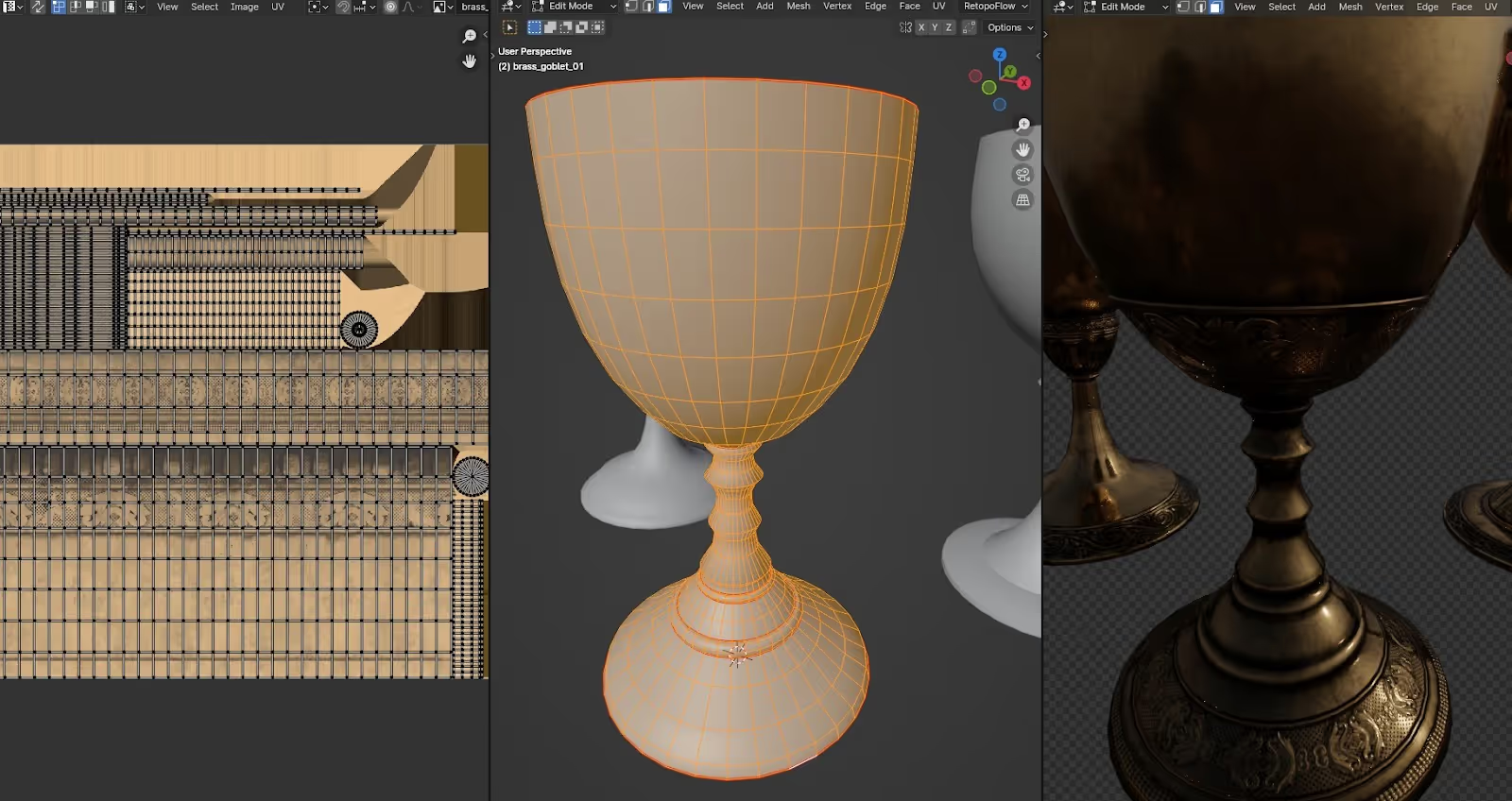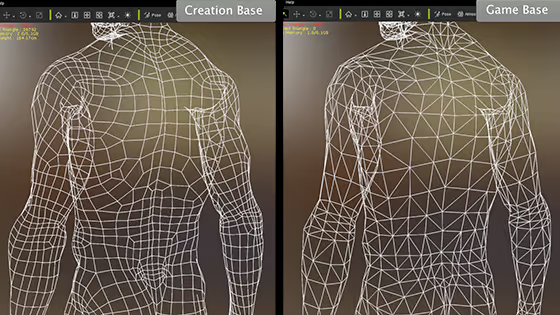.jpg)
Understanding topology is fundamental for any 3D artist aiming to create efficient, versatile, and visually stunning models. Topology refers to the geometric surface characteristics of a 3D model, dictating how polygons are arranged and interconnected. Whether you're working on character design, architectural visualization, or game assets, good topology ensures that your models are not only aesthetically pleasing but also functional and easy to animate. A crucial element in the 3D modeling workflow is the use of a render farm, which drastically speeds up the rendering process, allowing artists to quickly visualize and refine their models. If you are new to 3D modeling, this article will hopefully serve as a good primer on the fundamental principles of creating good topology, enhanced by the power of render farms.
Topology in 3D modeling is the study and application of how surfaces are constructed from vertices, edges, and faces. It's the blueprint of your model, defining its structure and ensuring that it can be manipulated without causing unwanted distortion or deformation. A well-topologized model will have evenly distributed polygons, smooth surface transitions, and an edge flow that complements the shape and intended movements of the model.
A polygon mesh is a collection of vertices, edges, and faces that define the shape of a 3D object. Each vertex marks a point in space, edges connect these points, and faces (typically polygons) fill the space between edges. The most common type of polygon used in 3D modeling is the quad (a four-sided polygon), although triangles (three-sided polygons) are also frequently used, especially in real-time rendering environments like video games.
Polygons are the fundamental units of 3D models. They are flat surfaces enclosed by edges, and the arrangement and density of these polygons determine the model's level of detail. A model with more polygons can exhibit finer details, but it also requires more computational power to render and manipulate.
Efficient topology ensures that these elements are arranged in a way that supports the model's shape and purpose. For instance, an object that will undergo subdivision will require topology that preserves the object’s shape while facilitating smoother surfaces where needed,

While quads are preferred for most modeling tasks due to their predictable subdivision behavior and ease of deformation, triangles are also crucial, especially in game engines where models are often converted to triangulated meshes. Understanding when and how to use triangles is essential for creating optimized models that maintain their shape and functionality across different platforms.

Texture mapping involves applying a 2D image (texture) to a 3D model to add color, detail, and realism. Good topology facilitates better UV unwrapping, which is the process of flattening a 3D model's surface into a 2D plane for texture application. Proper UV layout minimizes stretching and distortion, ensuring that textures appear crisp and accurate on the model.

Skeletal animation relies heavily on good topology. A character model's topology must allow for natural deformations when animated. This involves ensuring that edge loops follow the contours of muscles and joints, allowing the mesh to bend and stretch realistically. Poor topology can lead to unsightly deformations and make rigging and skinning processes more challenging.
Deformation refers to how a model changes shape in response to applied forces, such as when a character's arm bends or a car's suspension compresses. Topology that follows the natural flow of the object's form will deform more predictably and realistically. Key techniques include maintaining even polygon distribution and using edge loops to define areas that need to flex or bend.
See this example by CGTyphoon:
Blender is a powerful, open-source tool favored by many 3D artists for its robust modeling features. Blender's topology tools, such as the knife tool, edge loop selection, and various modifiers (like subdivision and mirror), allow for precise control over the mesh structure. Additionally, Blender's sculpting tools enable artists to refine the topology of organic models intuitively. The examples shown thus far have all been done within this software.
Other popular 3D modeling software includes Autodesk Maya, 3ds Max, and Cinema 4D, each offering unique features for managing topology. Techniques like retopology, which involves reconstructing the mesh to improve its flow and structure, are vital for creating clean and efficient models. Tools like ZBrush's ZRemesher and TopoGun are specialized for these tasks, providing automated solutions to complex topological challenges.
Consider the creation of a character model for a feature film. The model must not only look good from all angles but also support complex facial expressions and body movements. By focusing on proper edge flow around the eyes, mouth, and joints, animators can achieve more realistic and expressive animations. Real-world examples include the meticulous topology work done on characters in films like "Ratatouille" where every vertex placement is carefully considered to support the extensive range of motion required, and most importantly, the character’s appeal.
In gaming, where performance is critical, optimizing polygon meshes while maintaining visual fidelity is a key concern. Techniques like normal mapping allow detailed textures to be baked onto low-poly models, giving the illusion of complexity without the computational overhead. For instance, in AAA games character models are designed with an optimal balance between detail and performance, ensuring smooth gameplay and rich visuals.

The future of topology in 3D modeling is exciting, with advancements in AI and machine learning promising to automate and enhance the process. Tools that can predict and generate optimal topology based on the model's intended use are on the horizon, potentially revolutionizing how artists approach 3D modeling. Additionally, the increasing integration of real-time rendering technologies will continue to push the boundaries of what's possible in terms of model detail and performance.
In conclusion, understanding topology is essential for any 3D artist aiming to create high-quality, functional models. From the basics of polygon meshes and vertex geometry to advanced techniques like skeletal animation and texture mapping, good topology practices ensure that your models are not only visually stunning but also robust and versatile. By leveraging tools like Blender and staying abreast of emerging trends, artists can continue to push the boundaries of 3D modeling and animation.